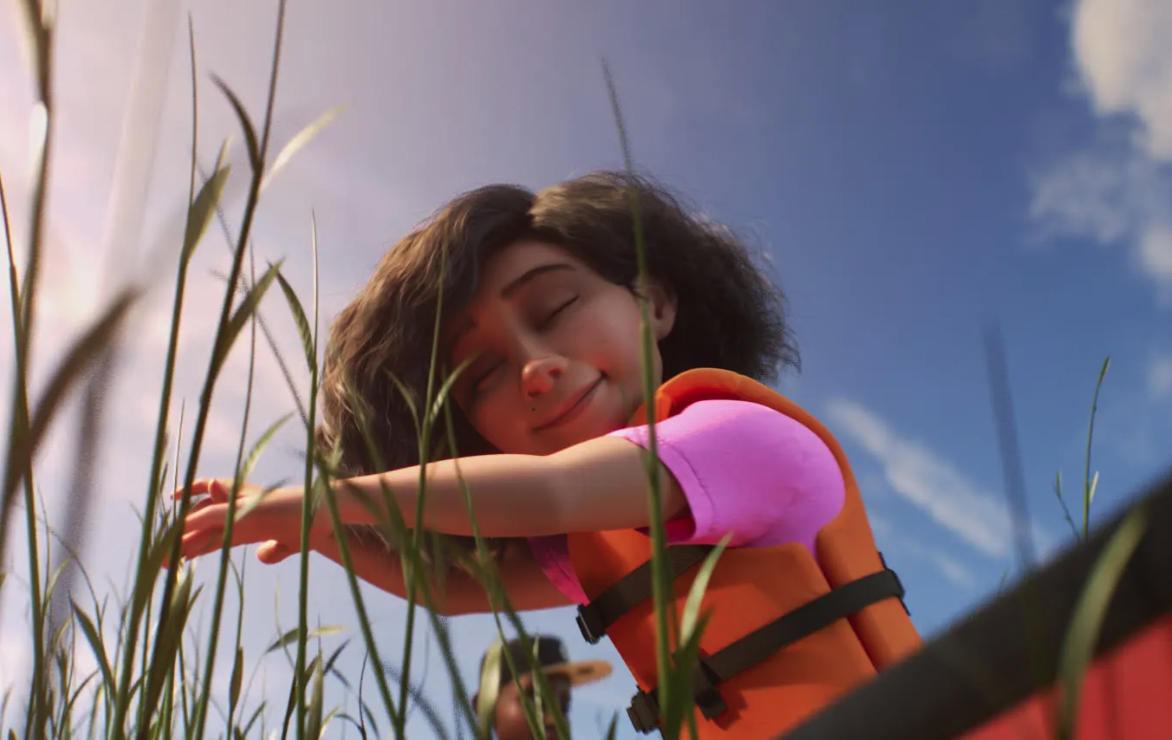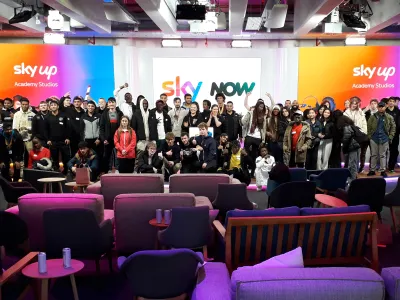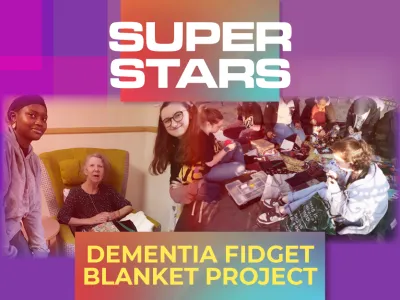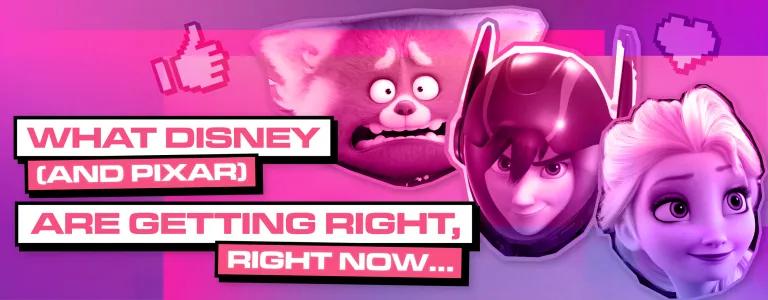
What Disney (And Pixar) Are Getting Right, Right Now…
Include this article in your Skills Builder Journal. It could help you develop...
It’s not a secret that there has been some controversy when it comes to the world of Disney. Stereotypical views on love and what people need to be ‘happy’, a lack of diversity when it comes to storytelling and character depiction, and even accusations of anti-semitism have clouded the name of Walt Disney over time. But as time moves on, so does the company, and these days it feels like progress is being made. Wonderful artists, storytellers, animators and directors come together to create new worlds that are more representative, positively impact more people, and tell more realistic points of view. Here are just a few moments in recent history that are moving forward in the right way…
REFLECT
Reflect is one of many new short films in Disney’s Short Circuit collection - “an experimental, innovative program where anyone at the Studio can pitch an idea and get selected to create their own short film.” Reflect has been praised as it depicts Bianca, a young ballet dancer who struggles to look in the mirrors of her dance studio because of low self-esteem and body dysmorphia. This might seem like a strange thing to praise, but it’s coming from a place of connection, from people seeing themselves in the character of Bianca and understanding the struggles she is going through. It seems very reflective (excuse the pun) of today’s society where body image, how we present ourselves, and how we see ourselves, especially on social media, is one of the biggest topics of conversation. The short film may only be six minutes long, but it shows Bianca’s conflict and her inner battle to (literally) smash those feelings and find what she loves about herself.
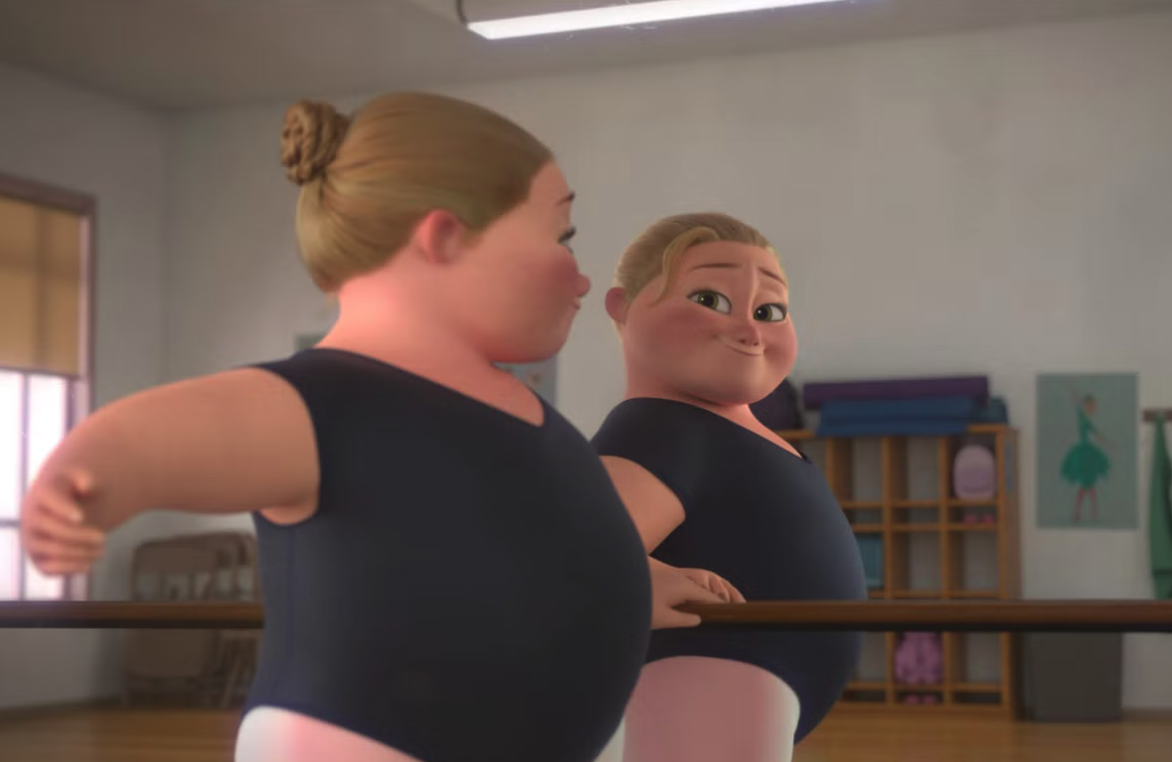
FROZEN 2
When Frozen came out, people were really happy that the main focus of the film was the relationship between Elsa and Anna - yes, there was also a romantic relationship, but it was overshadowed by the strength and resilience of Anna and her love for her sister. Frozen 2 continued this idea of sisterhood, but looked to finding strength within and figuring out who you are, most notably, with Elsa’s ballad Show Yourself. The lyrics “I have always been a fortress, cold secrets deep inside”, “You have secrets too, but you don’t have to hide” and “I am found” may be about Elsa’s journey to find her powers, but lots of people also believe they potentially answer questions about her secret sexual orientation. The actual meaning doesn’t really matter, because its impact is a positive one - you can see it as a powerful song about someone finding their own power within themselves, you can see it as the coming out ballad you need to help yourself, or you can see it as just another classic Disney song…either way, it’s good, and it’s catchy!

BIG HERO 6
It’s not easy to take on big topics like death and grief, but Big Hero 6 did just that, in a really wholesome way. It tells the story of 14-year-old Hiro, whose brother Tadashi tragically dies, leaving him to figure out his purpose in life and how to cope with his emotions. It gives a very real look at mental health, emotions, loss, friendship and coping mechanisms…whilst throwing in some technology, fighting bad guys, and the cutest big puffball of a robot you’ve ever seen. The film also has a pretty diverse, multi-racial cast of characters, whose voice actors also matched the background of the characters (which is a big step from say, films like Aladdin, which was set in the Middle East, but voiced by white actors). There are no romantic relationships at all (which is pretty staple for Disney) and it is also one of the first depictions of women working in STEM. So lots for young audiences to pick up on, see themselves in and aspire to be!

TURNING RED
Okay so this is technically Pixar, distributed by Disney, but the two go hand in hand so it should be included. It’s also the first film to outrightly normalise, and even celebrate, puberty and everything that comes with it. Especially periods. Turning Red tells the tale of 13-year-old Mei, who gets her first period at the beginning of the film, and on top of this, also undergoes another big transformation…she turns into a furry red panda whenever she’s overcome with emotion. No big deal! It’s a metaphor for her periods and the rollercoaster that she’s about to go on. As this is an animated film, the target audience will likely be Mei’s age, or slightly younger, so either going through or about to go through the same thing. And by seeing the main character navigate her way through this time in an awkward, excited, fun, and sometimes embarrassing way, it normalises it. As much as turning in a big panda can be normal. But the film also has a massive emphasis on female friendships and mother-daughter relationships, which make the topic all the more endearing and real for a lot of people.

LOOP
This short film from Pixar has broken ground by introducing the first non-verbal autistic character to our screens. Loop tells the story of two friends at a canoe camp, who find themselves adrift on a lake, unable to move forward until they find a new way to connect and see the world through each other’s eyes. The film came to fruition after the director, Erica Milsom, was volunteering at an arts programme and found herself sitting next to an artist who didn’t communicate using words. She had to come up with ways to find a ‘language’ with this artist and it sparked an idea for a short film. Erica spoke to many parents who have non verbal children, and employed consultants from the Autistic Self Advocacy Network to make sure that the way the character is depicted is authentic. The film really takes into account how important different senses are, especially touch, and demonstrates the idea that any moment of stress or misunderstanding will pass, by staying open to the moment and relaxing.
